A Year of Pests: Seasonal Pest Patterns in the UK
Pests are a persistent challenge throughout the year, but their activity levels often experience distinct spikes in different seasons. Certain pests become more prevalent during specific times, requiring tailored strategies for effective management. In this guide, we’ll delve into the seasonal patterns of pests in the UK, offering valuable insights on how to identify, prevent, and address these issues.
Spring: New Pests
As spring emerges, so do insects. Carpet beetles and moths come to the forefront, causing concerns for homeowners.
Carpet Beetles
These tiny invaders have a knack for infesting carpets, upholstery, and stored fabrics. Their activity peaks in spring, with their larvae feasting on natural fibres. To tackle carpet beetle infestations:
- Regularly vacuum carpets, rugs, and upholstered furniture.
- Store clothing and fabrics in airtight containers to limit access.
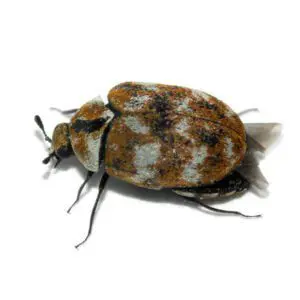
Moths
Spring is also a prime time for moths, especially clothes moths and SPI moths. These pests can damage clothing and food supplies. Effective moth management involves:
- Storing clothing in moth-proof bags or containers.
- Ensuring food items are sealed tightly in airtight containers.
- Check lofts for bird nests. Insects often originate from nests.
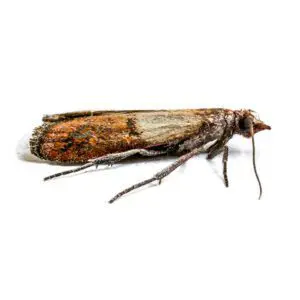
Summer: Prolific Pest Activity
Summer brings an upsurge in pest activity, both indoors and outdoors. Flies, wasps, ants, mosquitoes, and bedbugs become particularly active during this season, creating a range of nuisances.
Mosquitoes
With higher temperatures and humidity, mosquitoes thrive during summer, making outdoor activities uncomfortable. To mitigate the mosquito problem:
- Eliminate any standing water sources around your property.
- Wear protective clothing and use insect repellent when outdoors.
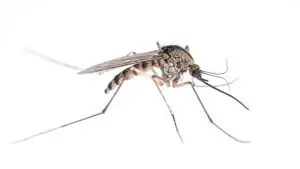
Bedbugs
While a year-round concern, bedbug activity intensifies in summer due to increased travel. Manage bedbug infestations by:
- Regularly checking and cleaning upholstered furniture and bedding.
- Exercising caution when selecting lodging during travel.
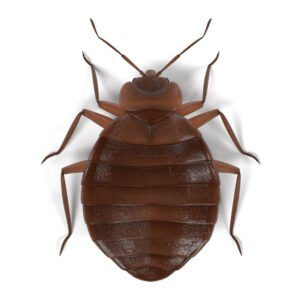
Ants
Warmer temperatures prompt ants to seek food sources indoors. Prevent ant invasions by:
- Sealing crevices and openings that ants could exploit.
- Properly storing food in airtight containers.
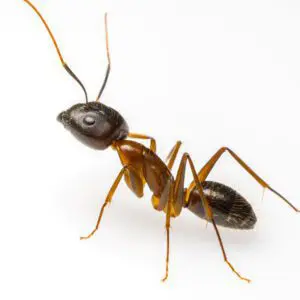
Wasps
Throughout summer, wasps construct nests in various outdoor spaces. These nests can pose risks, especially in areas with human activity. Control wasps by:
- Regularly inspecting your property for nests and dealing with them.
- Exercising caution in wasp-prone areas.
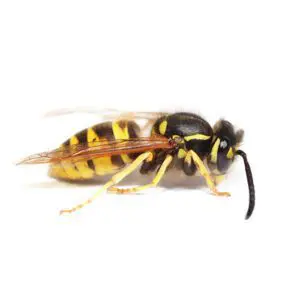
Flies
Flies thrive in the warmth of summer, proving to be a nuisance both indoors and outdoors. Keep them at bay by:
- Using fly screens on windows and entrances.
- Maintaining tidy outdoor spaces and minimising exposed food.
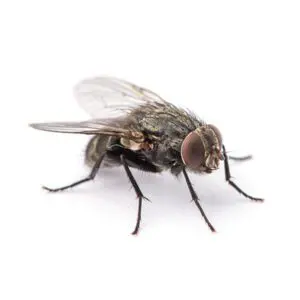
Autumn: New Pest Challenges
Autumn introduces a fresh wave of pest activity, with fleas, spiders, and rodents taking the spotlight.
Fleas
Cool and damp autumn weather creates ideal conditions for fleas to flourish. Combat fleas by:
- Treating pets for fleas regularly and employing prevention measures.
- Regularly cleaning pet bedding and living areas.
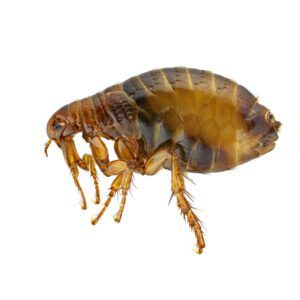
Spiders
As autumn approaches, spiders seek warmth indoors. While most spiders are harmless, their presence can be unsettling. Manage spiders by:
- Sealing gaps in windows and doors to limit entry.
- Keeping indoor spaces clutter-free to reduce hiding spots.
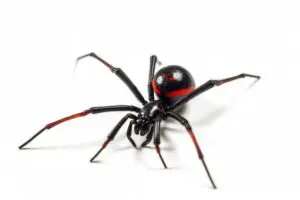
Rodents
With dropping temperatures, rodents like rats and mice become more active, seeking warmth and food. Prevent rodent infestations by:
- Sealing gaps and openings in your home’s exterior.
- Storing food in rodent-proof containers and using traps if needed.
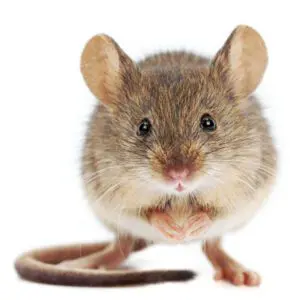
Winter: Battling Cold-Weather Pests
Winter ushers in a new set of pests, including foxes and silverfish, along with continued rodent activity.
Foxes
Urban foxes can be a challenge, digging up gardens and even entering properties in search of food. Manage fox-related issues by:
- Securing rubbish and compost bins to deter scavenging.
- Using repellents or fencing to limit access.
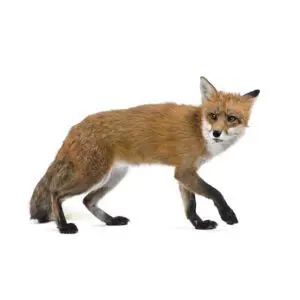
Silverfish
Damp winter conditions encourage silverfish infestations, which can damage paper, fabrics, and stored items. Address silverfish problems by:
- Reducing indoor humidity levels to discourage their presence.
- Storing books, documents, and fabrics in dry, sealed containers.
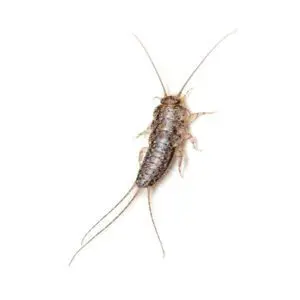
By understanding the seasonal pest trends in the UK and adopting preventive measures, you can significantly reduce the risk of infestations and enjoy a pest-free environment throughout the year. Whether it’s rats in winter or ants in summer, a combination of prevention, cleanliness, and targeted treatments can keep pests at bay. Embrace each season without fretting over pest-related problems, ensuring a comfortable and enjoyable living space year-round.


